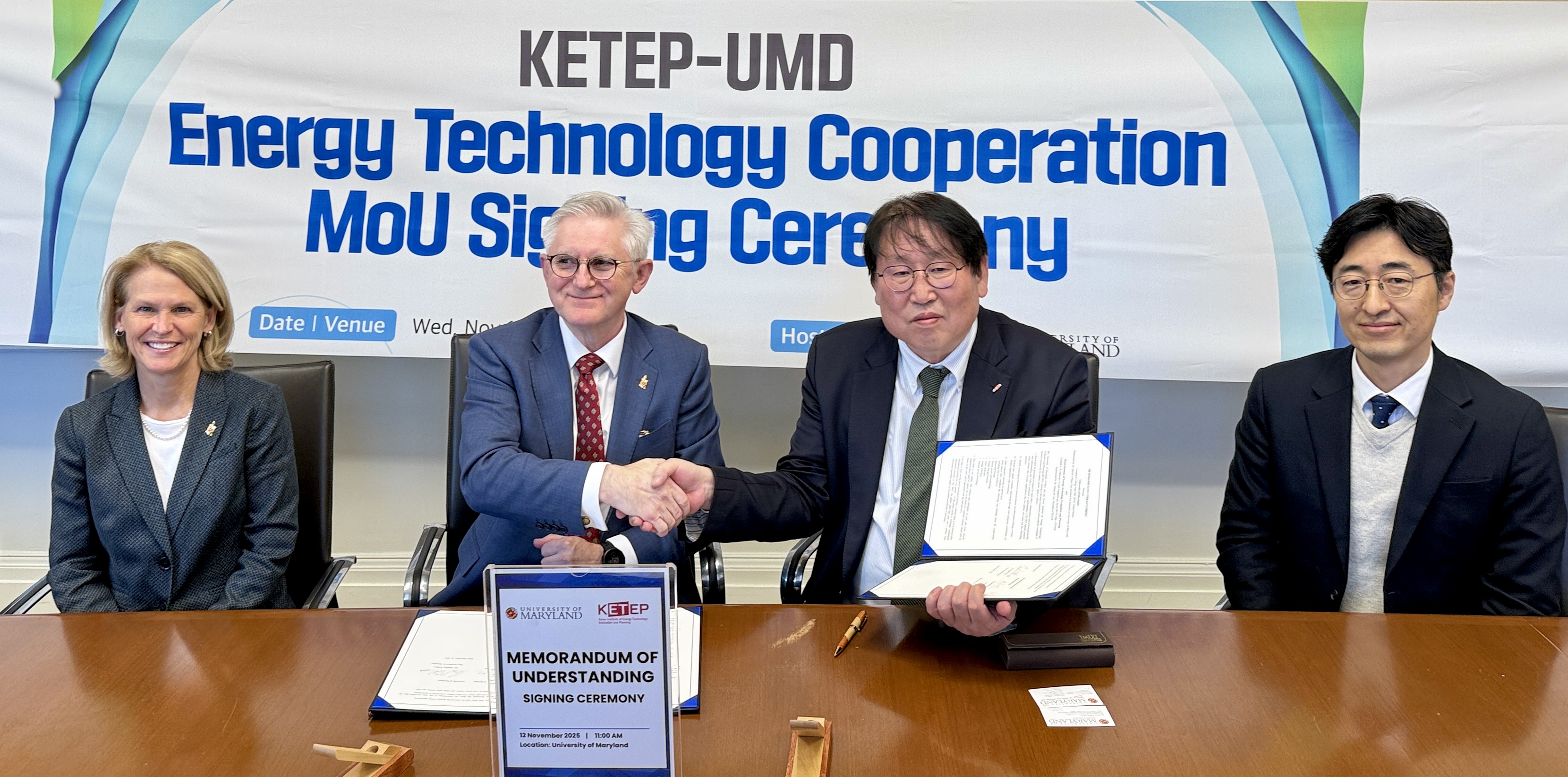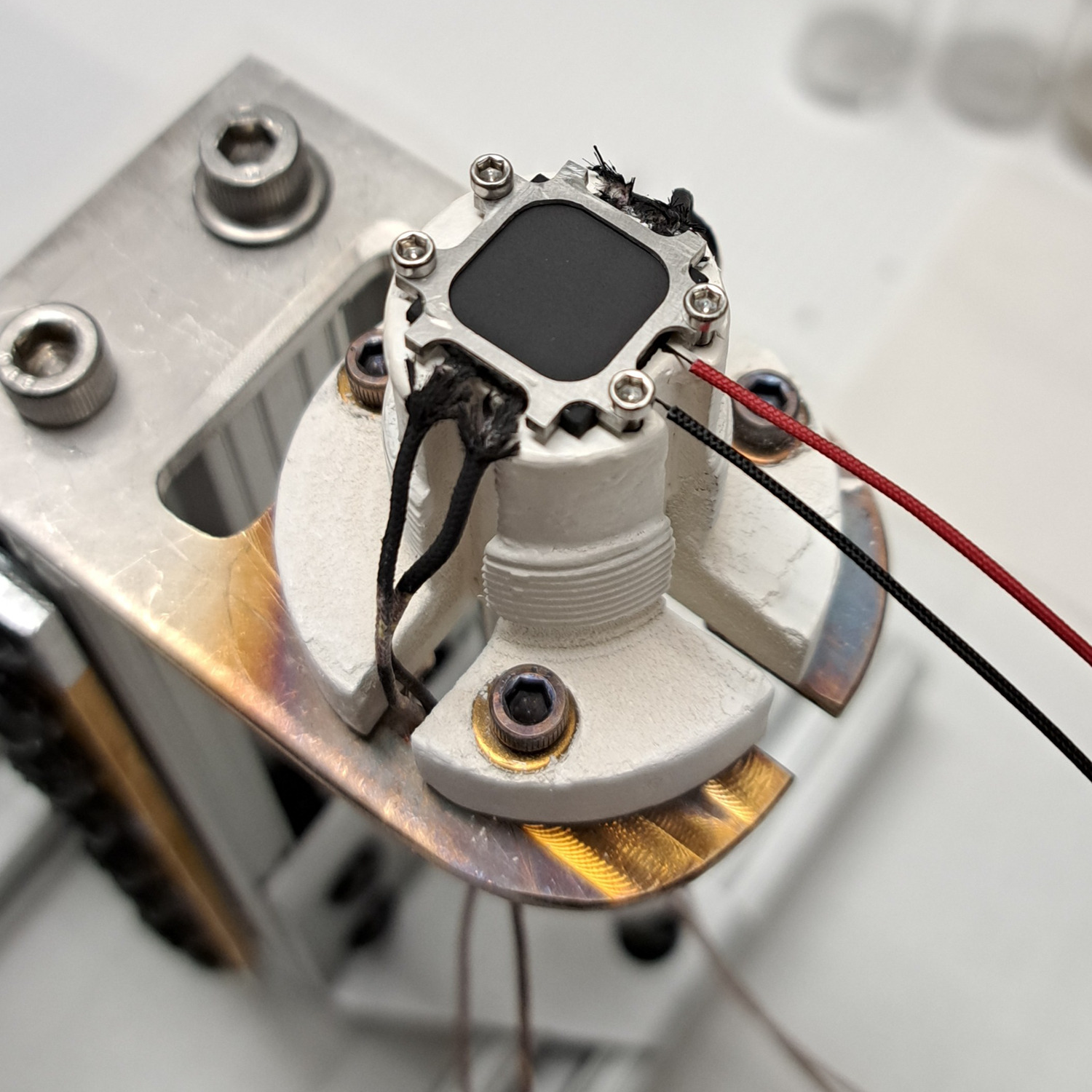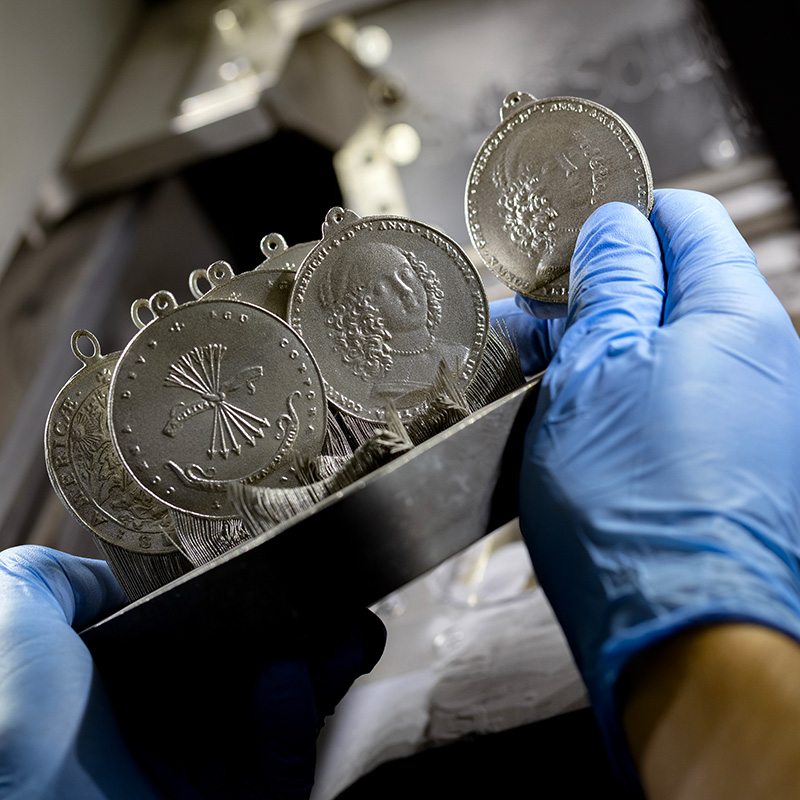News Story
New Oxyhalide Electrolyte Breaks Barriers for Solid-State Battery Performance

A research team led by Professor Yifei Mo at the University of Maryland Department of Materials Science and Engineering, in collaboration with the University of Western Ontario, and Oak Ridge National Laboratory, has developed a new class of oxyhalide solid electrolytes that combine high ionic conductivity with exceptional chemical stability, two properties long considered difficult to achieve simultaneously in materials for solid-state batteries.
The study, published today in Science, reports a “crystalline lithium oxyhalide” electrolyte that delivers a record ionic conductivity of 13.7 mS/cm at room temperature while maintaining electrochemical stability. This breakthrough of new materials allows solid-state batteries to operate efficiently across extreme conditions, from high-voltage cathodes at 4.9V to subzero temperatures as low as -50 °C.
Solving a Long-Standing Dilemma in Solid Electrolytes
Solid-state batteries promise higher energy density and greater safety than conventional lithium-ion batteries, but their success depends on the performance of the solid electrolyte that carries lithium ions between electrodes. To date, no single material has managed to combine both fast ion transport and chemical stability.
Sulfide-based solid electrolytes conduct lithium ions extremely well, on par with commercial liquid electrolytes, but they are highly unstable with air and battery electrodes. Oxides are much more stable, yet their ion conductivity is low for practical use. Halide electrolytes fall in between, and have good mechanical properties for easy cell manufacturing.
A Mixed-Anion Strategy: Getting the Best of Both Worlds
To overcome this limitation, Mo’s group designed a mixed-anion solid electrolyte that combines oxygen and chlorine atoms within the same crystal lattice. This strategy merges the stability of oxides and the mechanical properties of halides. By mixing anions, it also enables a new crystal structure with optimal lithium packing—previously achievable only in sulfides—allowing lithium ions to move almost as freely as in a liquid while maintaining excellent chemical and mechanical robustness.
“The challenge lies in how different anions—sulfur, oxygen, or chlorine—arrange themselves and, in turn, how they pack the lithium ions,” said Mo. “In sulfides, lithium ions move easily because sulfur anions form an optimal packing that creates low-energy pathways for lithium transport. But oxides and halides, while much more stable, typically don’t allow that optimal packing. By mixing the two, we can achieve the best of all chemistries.”
Record-Setting Performance Across Conditions
The oxyhalide electrolyte exhibits ionic conductivity comparable to that of commercial liquid electrolytes and remains stable over a wide range of conditions. Solid-state batteries using this new material achieved long-term cycling, over 4,000 cycles, with minimal capacity loss, operated reliably at high voltages up to 4.9 volts, and maintained strong performance even at very low temperatures of -50°C. Unlike traditional sulfide-based electrolytes, the new material is also resistant to moisture, making it easier to handle during synthesis and battery manufacturing.
A New Pathway for Solid-State Battery Design
The mixed-anion approach offers a new direction for materials design. By combining different anions, researchers can tune a material’s structure to achieve an optimal balance among conductivity, stability, and manufacturability.
“This discovery provides a new direction for designing solid electrolytes,” said Mo. “By engineering the anion framework, we can achieve superionic conduction across a broad range of new materials, paving the way for safer, higher-performance solid-state batteries.”
Published October 9, 2025









